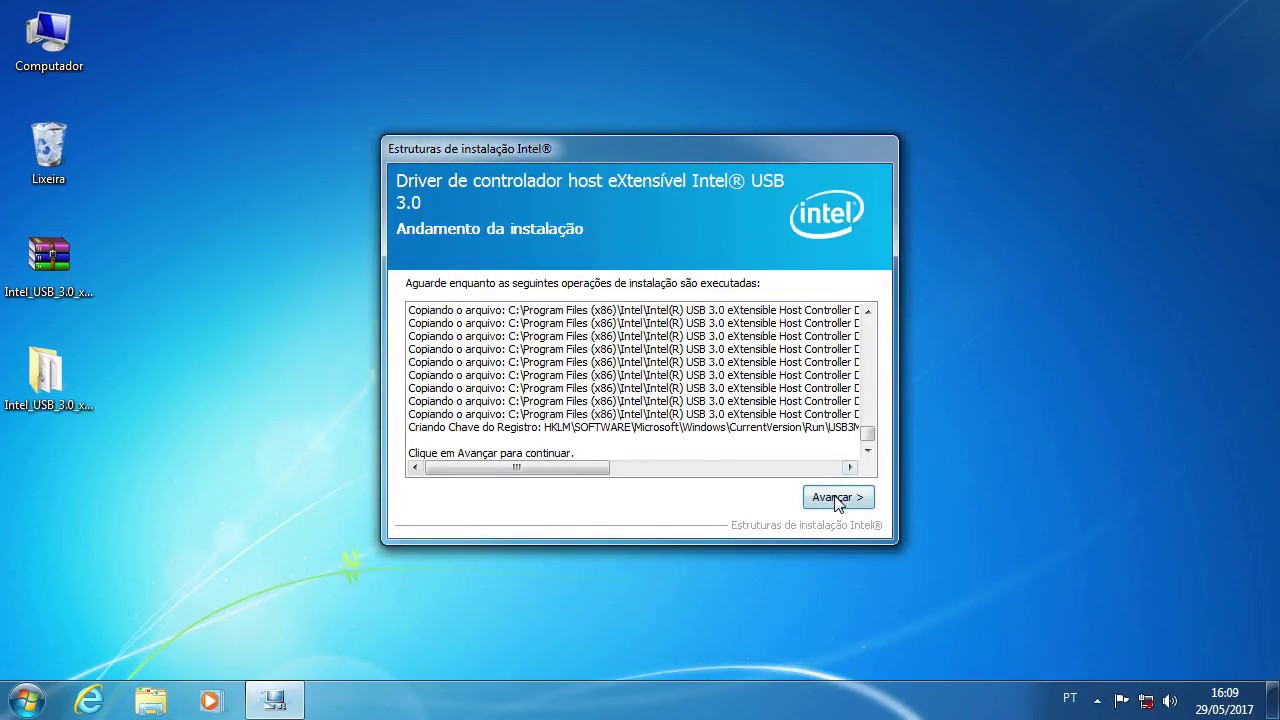
- VIA USB EXTENSIBLE HOST CONTROLLER XBOX DRIVERS
- VIA USB EXTENSIBLE HOST CONTROLLER XBOX DRIVER
- VIA USB EXTENSIBLE HOST CONTROLLER XBOX WINDOWS 8.1
VIA USB EXTENSIBLE HOST CONTROLLER XBOX WINDOWS 8.1
The issue is not specific to a particular Windows version as it’s reported on Windows 7, Windows 8.1 and Windows 10. Most of the time, this is reported to occur with USB 3.0 ports. USB port 0 is typically located closest to the motherboard itself with higher number ports being stacked on top of it but might not always be the case for some boards.Some Windows users are seeing the “ Not Enough USB Controller Resources” error when plugging in a device/peripheral inside the USB port. Mouse movement is a lot more different if your keyboard is plugged into the first port and mouse in the second - typically more floaty. *edit: Another thing is, some people don't know this but it's EXTREMELY important to make sure your mouse is plugged into USB port 0 on the motherboard (or 1 if there's no port 0 and it's labeled 1 instead).
VIA USB EXTENSIBLE HOST CONTROLLER XBOX DRIVER
The aim feels very good on this current Haswell system after forcing the USB driver to line based interrupts and it does have shared IRQs, so I'm not sure if shared IRQs are actually much of a problem or not.

VIA USB EXTENSIBLE HOST CONTROLLER XBOX DRIVERS
But does it really matter? I don't know.Īll I know is the only way I could find to get rid of the deadzone from USB3 Windows drivers is to force the driver to line based interrupt mode instead, so whatever happens concerning shared IRQs is a secondary concern. I'm guessing if you took the USB controller out of MSI mode, you would need to have the GPU and ethernet in MSI mode to not share IRQs. I run very barebones systems and from memory, I seem to recall USUALLY having shared IRQs unless the ethernet, GPU, and USB controller were all in MSI mode. Regardless, it's a godsend for Haswell boxes and should probably be the same for later chipsets.Ĭlick to expand.The extent to which shared IRQs do or don't cause problems in modern OS's is something not many people have legit answers to or agree upon. This phenomenon doesn't happen on Z77 or Z97 (because Z97 has no USB2 controller at all), so I'm not sure if the results will be exactly identical or not on Z97 and higher but I suspect they will. As of right now, I'm pretty happy with the massive increase in responsiveness for this Haswell box by simply forcing the USB3 driver to line based interrupt mode.įor anyone that doesn't know, Haswell (Z87) has both a USB2 and USB3 controller running at the same time, but if you plug a device into the USB2 ports on Win 8.1 or Win 10, the USB2 ports act in passthrough mode and they'll be controlled by the USB3 controller instead.

I'm not sure if that's an OS attribute or if you would need to haxor the Windows default USB3 driver itself to change that. I think you would need to alter something called "delivery mode" to change priority of MSI interrupts. I doubt tinkering with variables like "message limit" like you suggested will have any effect. The fact the deadzone and lower responsiveness of USB3 disappears when forcing line based interrupt mode instead of MSI seems to comfirm that fact to me.

Click to expand.I am of the belief that performance doesn't just magically spring out of thin air all of a sudden and the fact MSI mode USB drivers have less overhead is simply due to the fact they're likely putting things in a lower/shared priority bin than how the USB2 line based interrupt drivers did.


 0 kommentar(er)
0 kommentar(er)
